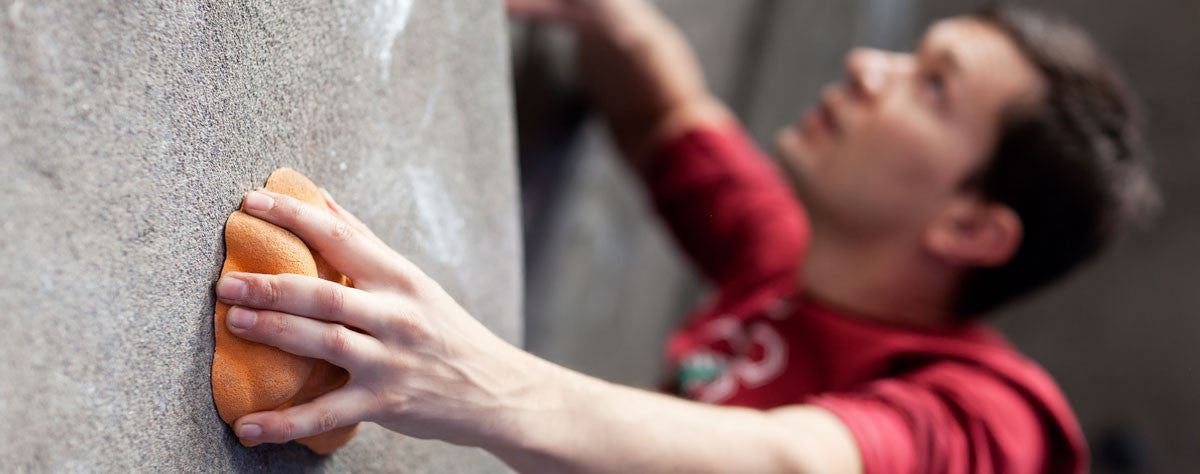We at FrictionLabs have always been confused by how climbers completely overlook what they put on their hands. No one seems to ever acknowledge that some chalks are better than others and that different climbing conditions and surfaces can be ideally suited to different chalks. This is even more confusing when you consider that climbers already know and use different shoes for different types of climbing. As we discussed last week, Chalk Matters, and we consider it our challenge to convince the climbing world of this.

So this week, we decided to look to other sports to find an example of a (legal!) substance that comes in contact with the body and plays a critical role in athletic achievement. There are plenty: rosin for baseball pitchers, pine tar for batters, talcum for basketball players, etc. But one in particular stood out to us – surf wax.
Very similar to how climbers use chalk, surfers use wax to increase friction between their skin and their boards. This keeps them from slipping off their boards both when they’re paddling out and when they’re riding waves. But what really caught our eyes was this: surfers use different types of wax for different water temperatures.
There are 2 basic types of surf wax: basecoat and topcoat. The base is a hard wax that sticks well to the board, giving the topcoat something to bind to (like paint primer). The topcoat is a softer, tackier wax that goes over the basecoat and is better for sticking to skin. And here’s where it gets interesting: because of its softness, the topcoat is much more sensitive to temperature than the basecoat, so it’s sold in different temperature ranges suited to different water environments – tropical, warm, cool, and cold. There’s an ideal topcoat softness/tackiness that surfers need to perform at their best, and these different topcoat formulas ensure that the topcoat is at that perfect sticky point no matter what temperature the water is at. Use a topcoat designed for cold water in warm temperatures and it’ll get too soft, leaving you with a slippery board. Use a warm water topcoat in cold water and it can freeze, causing it to peel off and reduce the foot’s grip on the board.
Clearly, surfers have figured out that different environments create different friction needs and so, if they want to perform at their best, they need the right substances that are suited to those conditions. Doesn’t it make sense that climbing chalk would work the same way? In climbing, not only do we deal with different temperatures depending on where you are and what season it is, but also different humidity levels and, if you climb outside, different rock types.
So have you thought about whether you’re using the right chalk for your needs? If you want to check out some options, take a look at our blends and find the one that’s right for you.

